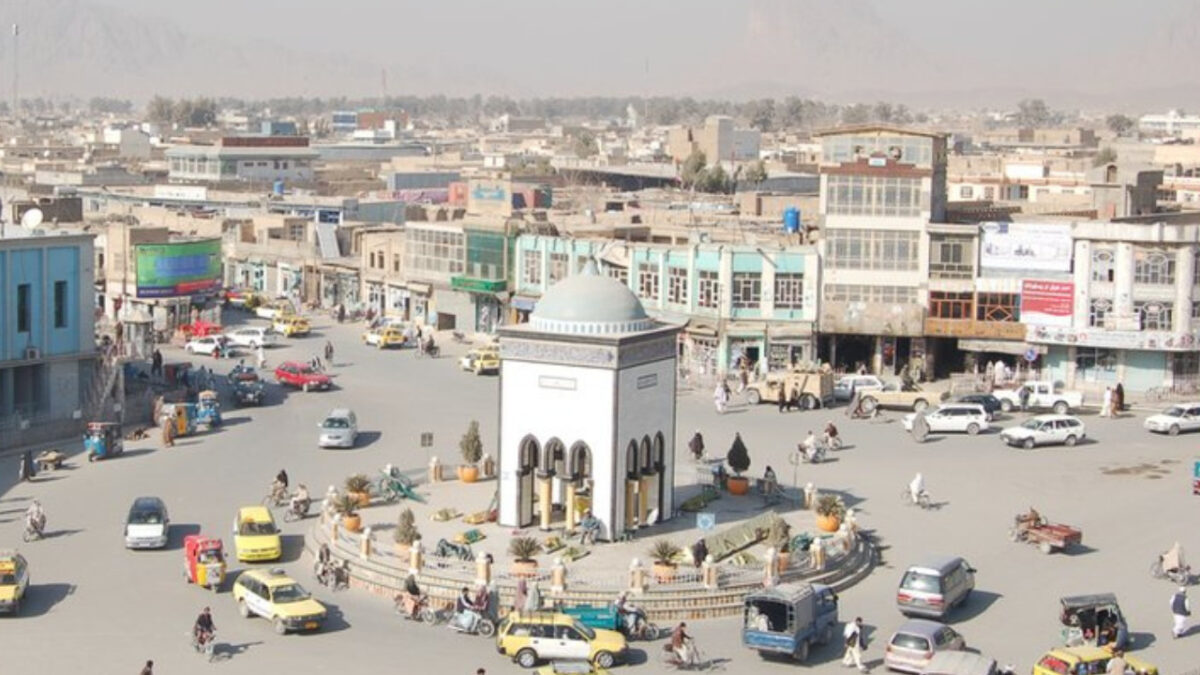KANDAHAR — Security has been significantly tightened around the Mandigak Palace in Kandahar, the de facto seat of Taliban leader Hibatullah Akhundzada, following reports of increased unmanned aerial surveillance in the area, according to three sources familiar with the matter, including one within Akhundzada’s office.
The sources told Amu TV that security measures at the palace — which currently hosts high-level Taliban meetings — have intensified over the past month, with expanded patrols and new restrictions on movement in surrounding neighborhoods. Several residential homes near the palace have reportedly received evacuation orders.
The heightened measures come amid concerns over drone activity in the area, which sources identified as the primary reason for the security escalation.
Mandigak Palace has become the center of political authority under the Taliban’s second regime, eclipsing the Presidential Palace in Kabul in terms of operational influence, the sources said. Once a place that locals could pass by with ease, access to the palace is now heavily restricted, even for Kandahar residents.
Historically, the palace has been a symbol of power in southern Afghanistan. During the Taliban’s first rule in the 1990s, it served as the residence and office of the group’s founding leader, Mullah Mohammad Omar. Under the former Afghan republic, it was occupied by Gen. Abdul Raziq Achakzai, a prominent police commander in the region. Today, it hosts cabinet meetings and personal audiences with Akhundzada, who rarely appears in public.
The latest security clampdown has also affected daily life in parts of Kandahar. According to the sources, Taliban intelligence units have ramped up patrols in surrounding districts. Roads near the palace, including the Dand Square–Saray Jamia route, have been closed to civilians. Another major thoroughfare, Shirzai Center Road, is expected to be shut off in the coming weeks.
“The patrols aim to secure Mandigak and those visiting the palace,” one source said, adding that the perceived threat from drones has heightened Taliban anxiety over the site’s exposure.
Taliban have not issued an official comment on the new measures. However, local observers note that security protocols in Kandahar remain distinct from the rest of the country — a reflection of the city’s status as the current epicenter of Taliban authority.
“Kandahar is now the heart of the regime’s power,” said Mohammad Asif Siddiqi, former deputy speaker of the Afghan Senate. “The concentration of leadership there explains why the security posture is so much more aggressive.”
While drone activity over Afghanistan’s airspace has been reported intermittently since the U.S. withdrawal in 2021, its frequency and intensity remain difficult to verify independently. Still, analysts suggest the Taliban leadership’s consolidation in Kandahar has made it a focal point for regional and international intelligence monitoring.





